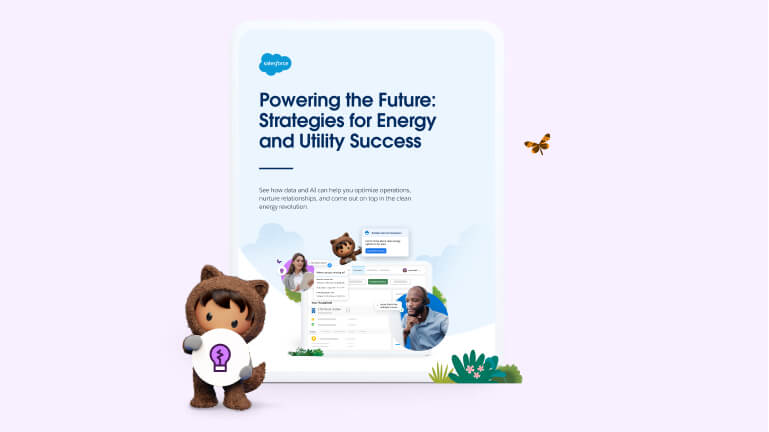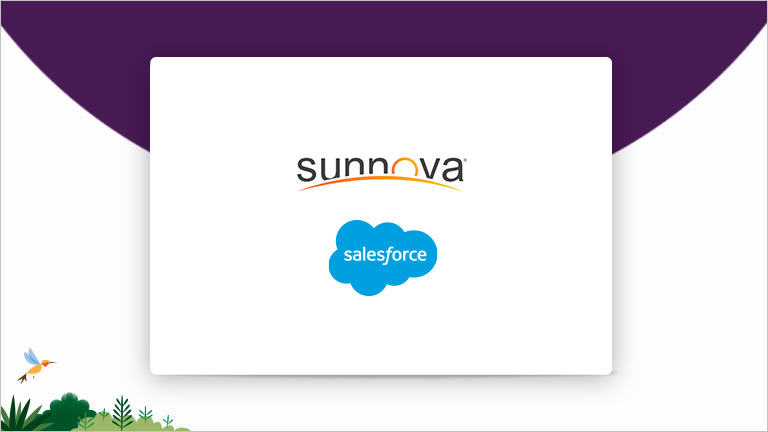Have you ever experienced what your utility customers go through trying to resolve an issue?
Imagine you’re a customer trying to figure out why your bill is higher than expected. Navigating the website for answers doesn’t help. Frustrated, you call customer service, knowing you’ll have to go through the automated phone system and long hold times. Once connected to an agent, you have to share the same information all over again and wait while the agent tries to figure out what you weren’t able to answer on your own. In the end, the agent determines that your bill is high because you in fact used more energy last month, and therefore still owe the amount billed.
What you don’t see is the agent frantically checking multiple screens and systems to try to understand why their bill changed so much. It would help to know the customer’s past billing history right off the bat. Or that their area is experiencing a heat wave. Or that their meter might need service.
Not having all the information you need to help customers at your fingertips doesn’t benefit anyone. Customers get frustrated and service agents get flustered. Now with artificial intelligence (AI), there’s a way to make this experience better.
Included in this blog:
Enter artificial intelligence
What AI can do for your utility’s customer service
AI in utilities for customer service in action
Ready to dip your toe into AI? We’re here for you
Enter artificial intelligence
As a utility company, every customer call adds up, and inefficient processes extend call times and slow down resolution — all of which impacts satisfaction. Utilities that take advantage of the combined power of predictive analytics and generative AI are transforming the utility customer experience.
By using AI in utilities for customer service, you can delight your customers by making their experience more intuitive and less frustrating. Internally, AI can be used to simplify operations, resulting in lower costs and improvements to both employee and customer satisfaction.
What AI can do for your utility’s customer service
AI’s ability to analyze large amounts of data aligns perfectly with utilities’ monitoring of large amounts of data — think everything from historical usage, weather and call pattern data, and detecting unusual consumption spikes that typically lead to a customer service call.
The system can then send a proactive, personalized notification to the customer — ahead of their bill — explaining what’s likely contributing to higher consumption. It can also provide individualized recommendations and links to eligible services, programs, or rate plans for the customer to explore. This not only prevents a call, it can increase engagement in other utility programs that can reduce costs elsewhere.
Virtual assistants deployed on your website and mobile app can understand customer questions, offer clear explanations, and provide instant, accurate responses to basic inquiries — all in natural human language.
Explore AI in Energy and Utilities
When a customer does call in to customer service, generative AI can pre-fill caller details, update contact information, provide thorough call context, and load the proper screen for the live agent to reduce redundancy and speed up the call process. Sentiment analysis provides agents with real-time assistance directly within the conversation flow, and makes it easy for agents to access relevant and accurate information fast. This allows agents to accurately and consistently resolve issues and deliver personalized advice the first time.
When a call is completed, generative AI can create call summaries, automate follow-up emails, and update knowledge articles. This eliminates large chunks of non-value-added work and drives operational efficiencies. Accurate, well-written notes and actions help fuel the large language model (LLM) so advice and information improves over time.
AI in customer service for utilities in action
Let’s go back to our scenario with you as the customer: you call customer service and are greeted by a virtual agent who validates you as a customer and attempts to troubleshoot your issue. When the virtual agent is unsuccessful, it transfers you to a live agent.
Before even connecting the call, the live agent can see all your relevant customer details to support the call, including what you’ve already tried on the web or mobile app to resolve the issue yourself. In addition, generative AI supports the agent with a script and guides them to better diagnose and solve your issue. At the end of the call, generative AI takes over for the live agent, drafting a call summary, updating the relevant knowledge articles, and creating an email with links to recommended programs or services.
Clear, proactive communication with detailed, understandable information reduces frustration and confusion and potentially resolves an issue without needing a live agent. This AI-driven support enhances customer satisfaction and customer engagement.
For the utility, AI-driven support lowers call volume and improves agent effectiveness for faster call resolution, resulting in reduced operational costs and improved agent satisfaction.
Ready to dip your toe into AI? We’re here for you
Embracing AI not only addresses immediate challenges but also sets the stage for a more efficient and customer-centric future in the utilities sector. This creates a win-win scenario for both customers and utility companies.
With AI-powered tools like Salesforce Energy and Utilities Cloud, you can recommend next best actions, provide knowledge articles to support agents and customers, and deploy chatbots for better online self-service options. These capabilities can help customer service and improve key performance indicators (KPIs).
Implementing AI in customer service for utilities might seem daunting, and you might not be sure how or where to get started. Here are some initial actions you’ll need to take to help you ramp up AI in your utility company:
- Strategic discovery and planning: You’ll need a workable roadmap. This involves aligning your business outcomes, co-creating a path to business value, and preparing for immediate execution and change.
- Readiness assessment: Be sure to assess your organization from a people, process, and technology perspective across multiple dimensions.
- Proof of technology: This will help demonstrate the capabilities and value of generative AI by developing, testing, and deploying a proof of concept in a sandbox environment for a generative AI-enabled product feature.
Sound like a lot? Don’t fret — we have Professional Services and AI Coaches to guide you every step of the way. With our help, your AI journey is structured, supported, and geared toward tangible success.
Let’s embark on this journey together, and chart a course toward enhanced efficiency, improved customer satisfaction, and sustainable growth in the utilities sector.



























